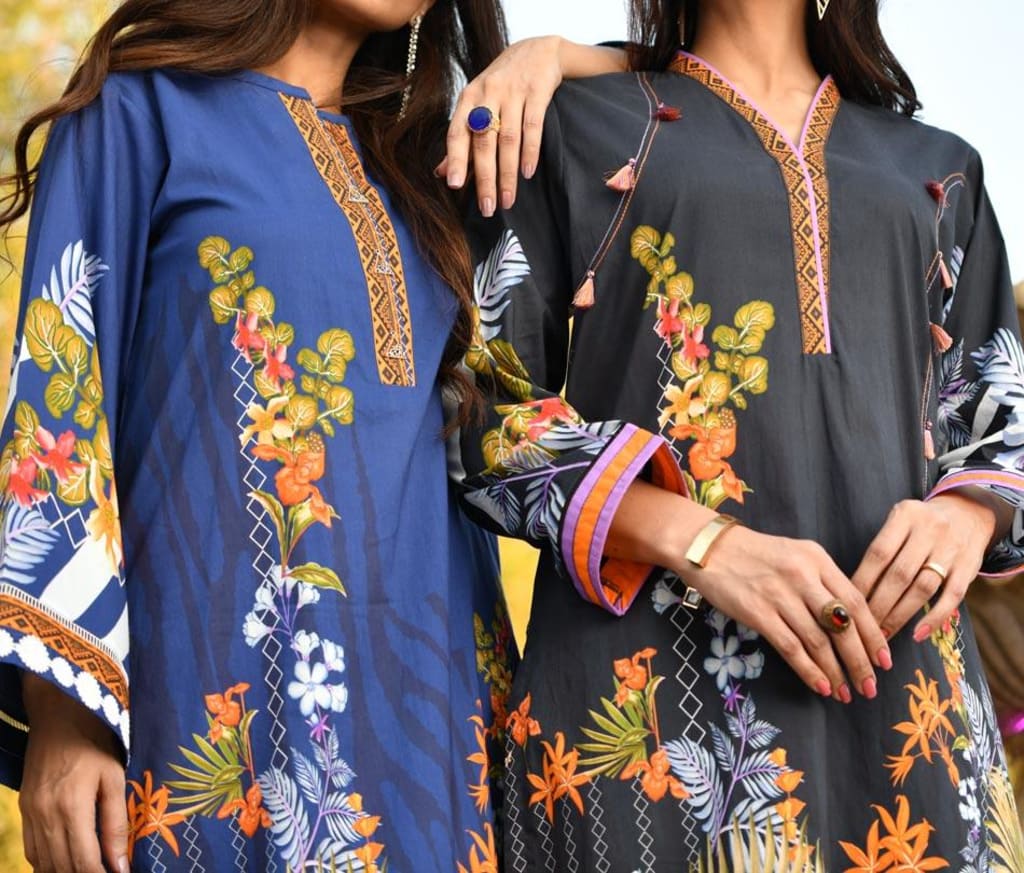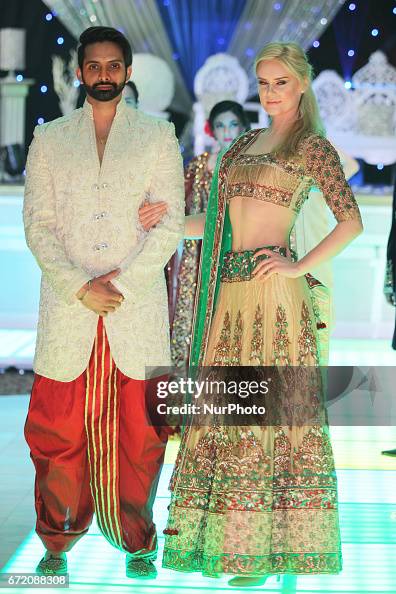Leading 10 Eastern Wear Pakistan Brands You Need to Learn about
Leading 10 Eastern Wear Pakistan Brands You Need to Learn about
Blog Article
Discover the most effective Selection of Authentic Eastern Wear
As you discover the myriad styles and designs, each item holds a tale waiting to be deciphered, welcoming you to welcome the artistry and sophistication that Eastern fashion envelops. Prepare to be captivated by the appeal of Eastern wear and submerse yourself in a globe where every garment is a testament to centuries-old traditions and exquisite workmanship.
History of Eastern Style

Today, Eastern style continues to astound the global market, with developers attracting motivation from standard clothing to develop modern interpretations that appeal to a broad audience. The rich tapestry of Eastern style background serves as a testament to the creativity and craftsmanship of the artisans that have actually added to its advancement.
Sorts Of Eastern Outfit
Discovering the diverse range of standard garments found in Eastern cultures unveils an interesting tapestry of styles and designs that mirror cultural identities and unique histories (eastern wear pakistan). From the intricate needlework of Indian sarees to the flowing silhouettes of Japanese robes, Eastern outfit includes a large range of styles. In South Asia, the vibrant and elegant salwar kameez is a preferred option for females, while guys commonly choose for the classic kurta pajama. Relocating in the direction of the Middle East, the flowing abayas and detailed kaftans are synonymous with conventional Arabian style. In East Asia, the smooth lines of Chinese cheongsams and the bold shades of Korean hanboks display the rich sartorial heritage of these regions. Additionally, Southeast Asia boasts the elaborate batik prints of Indonesia and the sarongs of Malaysia. Whether it's the extravagant fabrics of Persian apparel or the minimalist style of Vietnamese ao dai, Eastern clothes uses an exciting glance into the varied cultures and traditions of the East.
Craftsmanship and Products
An in-depth assessment of Eastern clothing reveals the careful craftsmanship and elegant materials that underpin these conventional garments. Eastern wear is renowned for its complex needlework, fragile handwork, and focus to information that showcase the skill and artistry of the craftsmen. From the dynamic sarees of India to the streaming bathrobes of the Center East, each garment is a work of art of accuracy and commitment.
Craftsmanship in Eastern outfit typically includes time-honored techniques passed down through generations. Craftsmens spend hours, occasionally days, thoroughly developing elaborate patterns and designs that embellish the material. Whether it's the zardozi service a Pakistani shalwar kameez or the kantha stitching on a Bangladeshi saree, the degree of workmanship is unequaled.
In addition, the products used in Eastern wear are meticulously picked to make certain both top quality and credibility. eastern wear pakistan. Fabrics like silk, velour, chiffon, and cotton are frequently utilized, each picked for its special residential or commercial properties that enhance the last garment. Decorations such as beads, bangles, and mirrors add a touch of glamour and luxury to these standard ensembles, making them truly attract attention on the planet of fashion
Popular Eastern Put On Patterns
Current years have experienced a rebirth in the appeal of conventional Eastern wear, with a remarkable focus on fusion styles and contemporary adjustments. One noticeable pattern in Eastern wear is the incorporation of modern-day aspects right into conventional clothing, creating a distinct blend of social heritage and contemporary style. Designers are reimagining classic silhouettes, such as the saree and salwar kameez, by infusing them with western cuts, cutting-edge draping techniques, check it out and non-traditional embellishments.

In addition, minimal appearances and monochromatic color schemes have actually obtained traction in Eastern wear, providing an advanced and underrated appearance. This change in the direction of simplicity reflects a modern take on conventional styles, attracting those looking for a much more sophisticated and polished style declaration.
Tips for Styling Eastern Clothes
Incorporating modern aspects and conventional workmanship right into Eastern use opens a myriad of styling possibilities for fashion enthusiasts seeking to produce one-of-a-kind and culturally abundant attire. When styling Eastern attires, it's important to discover a balance between traditional aspects and modern trends. One pointer is to blend and match different items, such as combining a typical embroidered kurta with modern-day pants for a fusion look. Additionally, don't avoid trying out lively shades and detailed patterns that are characteristic of Eastern clothes.
Accessories play a critical duty in raising an Eastern clothing. Pay attention to shoes choices, deciding for traditional mojaris or juttis for a full Eastern-inspired outfit.
Finally, confidence is crucial when styling Eastern wear. Accept the social heritage and craftsmanship behind each item, and use it with pride to genuinely embody the essence of Eastern style.
Final Thought
Finally, Eastern style uses an one-of-a-kind blend of custom and modernity, showcasing the abundant social heritage and craftsmanship of the East. With a varied variety of styles and materials, Eastern clothes captivates style enthusiasts worldwide. By checking out the history, types, useful source craftsmanship, and fads of Eastern wear, individuals can embrace the appeal and narration elements of this cultural clothes in their closet.
The history of Eastern fashion traces back centuries, reflecting diverse social influences and typical craftsmanship. Today, Eastern fashion proceeds to astound the global market, with designers drawing motivation from typical clothing to create modern interpretations that appeal to a large target market. One noticeable trend in Eastern wear is the incorporation of contemporary components right into traditional outfits, creating an one-of-a-kind blend of cultural heritage and contemporary fashion.Incorporating contemporary aspects and traditional craftsmanship right into Eastern put on opens up a myriad of styling opportunities for style fanatics looking to develop culturally rich and unique attire. eastern wear pakistan.In final thought, Eastern style offers an one-of-a-kind blend of custom and modernity, showcasing the abundant see post social heritage and craftsmanship of the East
Report this page